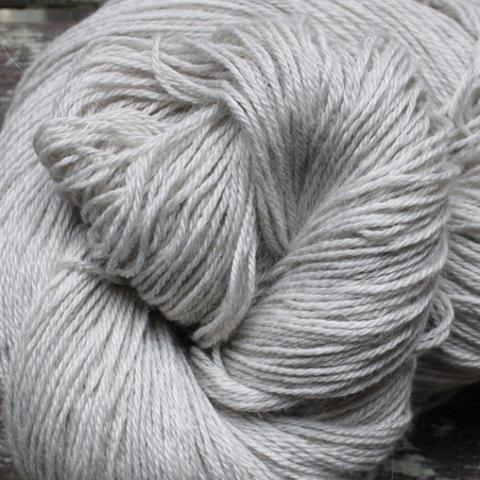What Makes cashmere a Top Choice for Luxury Fashion and Comfort?
What Makes cashmere a Top Choice for Luxury Fashion and Comfort?
Blog Article
Factors You Need To Need Cashmere a Natural Fiber for Convenience and Sophistication in Everyday Wear
In the world of fabrics, few fibers measure up to the high-end and comfort of cashmere. This unique product, understood for its superior softness and insulation, gives unparalleled convenience and beauty for everyday wear. What sets it apart from various other fibers? Just how does it affect the setting and exactly how does it contrast to artificial options? Just how can one best use cashmere to elevate their design? These intriguing questions lay the foundation for an enlightening exploration into the world of cashmere.
Understanding the Lavish Nature of Cashmere

Reviewing the Comfort Element of Cashmere Clothes
Cashmere's special fiber structure permits for breathability, controling temperature level and avoiding getting too hot. Cashmere's hypoallergenic residential properties likewise add to its comfort, making it an excellent choice for delicate skin. In significance, the convenience of cashmere is acquired from its softness, breathability, toughness, hypoallergenic nature, and versatility.

The Ecological Influence and Sustainability of Cashmere
While the convenience and sophistication of cashmere are most certainly enticing, it's similarly crucial to consider its partnership with the environment. Cashmere production, mostly in Mongolia and China, entails elevating cashmere goats, which can substantially strain vulnerable grassland ecosystems due to overgrazing. This can result in desertification, a pushing environmental concern. The handling of cashmere, involving coloring and washing, can likewise add to water air pollution if not properly handled. Nonetheless, efforts are being made to establish lasting cashmere manufacturing techniques, such as rotational Home Page grazing and cleaner Bonuses processing techniques. While cashmere has ecological influences, its sustainability mainly depends on production methods.
Comparing Cashmere to Artificial Fibers: A Cost-Benefit Evaluation
In spite of its ecological challenges, cashmere provides a special collection of benefits over artificial fibers. On the expense side, cashmere is unquestionably a lot more expensive due to its labor-intensive production procedure. The benefits make it worth the financial investment. Cashmere's all-natural fibers offer unmatched softness and heat, equating into convenience that synthetic fibers struggle to match. Additionally, cashmere items are highly sturdy, encouraging longevity that offsets first costs gradually. Unlike synthetic fibers, cashmere does not add to microplastic contamination, making it a much more sustainable selection. In contrast, synthetic fibers, navigate to these guys while less costly upfront, provide less convenience, have shorter lifespans and position ecological issues. Hence, when assessing cost-benefit, cashmere's exceptional top qualities make it a worthwhile investment for everyday wear.
Designing Tips With Cashmere for Everyday Sophistication
Having taken into consideration the cost-benefit analysis of cashmere compared to synthetic fibers, it ends up being clear why this luxurious material is a favored option for lots of. When styling cashmere for day-to-day style, simplicity is crucial. Eventually, the fundamental elegance of cashmere makes it a flexible addition to any wardrobe, effortlessly improving everyday attire with a touch of deluxe.

Verdict
In recap, the exceptional homes of cashmere make it a useful addition to any kind of wardrobe. Its lavish feeling, breathability, adaptability, and comfort to varying temperatures are unmatched. Furthermore, cashmere's sustainability and lower ecological influence contrasted to synthetic fibers additionally boost its charm. The classic beauty of cashmere, incorporated with its convenience, adds refinement to daily wear. Spending in cashmere garments is a rewarding choice for convenience, sustainability, and design.

Report this page